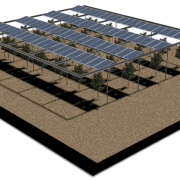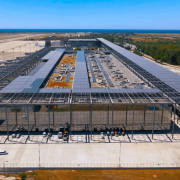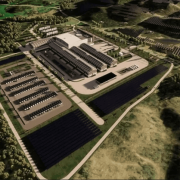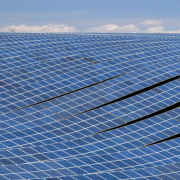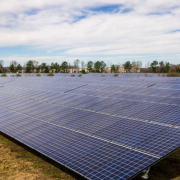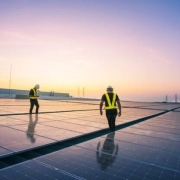The emerging field of agrivoltaics has come a long way in just a few years. From a focus on pollinator habitats and grazing lands, agrivoltaic stakeholders are expanding their ambitions to raise peaches, grapes, and other crops within arrays of ground-mounted solar panels. Whether or not that blows up the whole argument against rural solar development remains to be seen, but the alliance between farmers and solar stakeholders could swing the balance and help accelerate the renewable energy transition.
The Agrivoltaic Revolution Is Coming
The agrivoltaic movement goes hand in hand with the falling cost of solar panels. Solar technology was relatively expensive in the early 2000s. To cut maintenance costs, rural solar developers put down gravel and other no-mow solutions for groundcover under the panels. Raising crops was definitely out of the picture.
Click here to read the full article
Source: Clean Technica
—
If you have any questions or thoughts about the topic, feel free to contact us here or leave a comment below.

